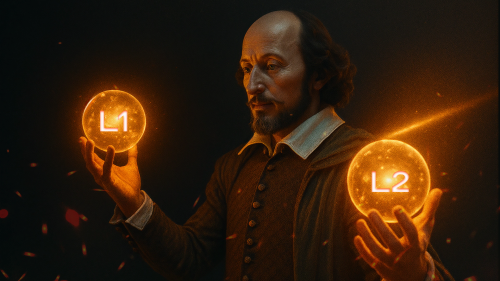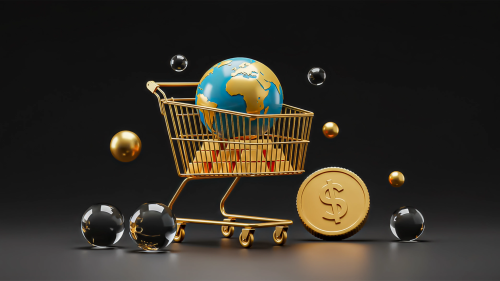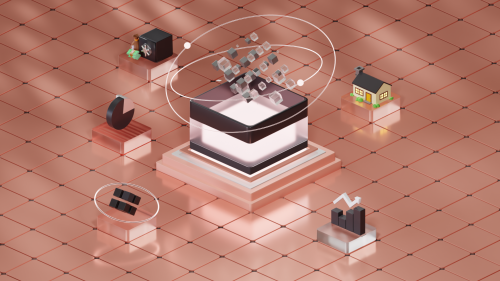Joyce Kim, CEO of Stellar Foundation.
“The unexpected tragedy of our current financial system is that those who have the least money have to pay the most to send it,”
Roya Mahboob is Afghanistan’s best-known female IT entrepreneur. She founded an organization called the Digital Citizen Fund, which organizes digital education for Afghan women. There were 13 IT training centers by 2018, and nearly 8,000 women have attended courses there. Then Roya Mahboob had an ingenious idea for how women in Afghanistan can earn money. Her company, Women’s Annex, shows women how to learn to blog and turn that into earnings.
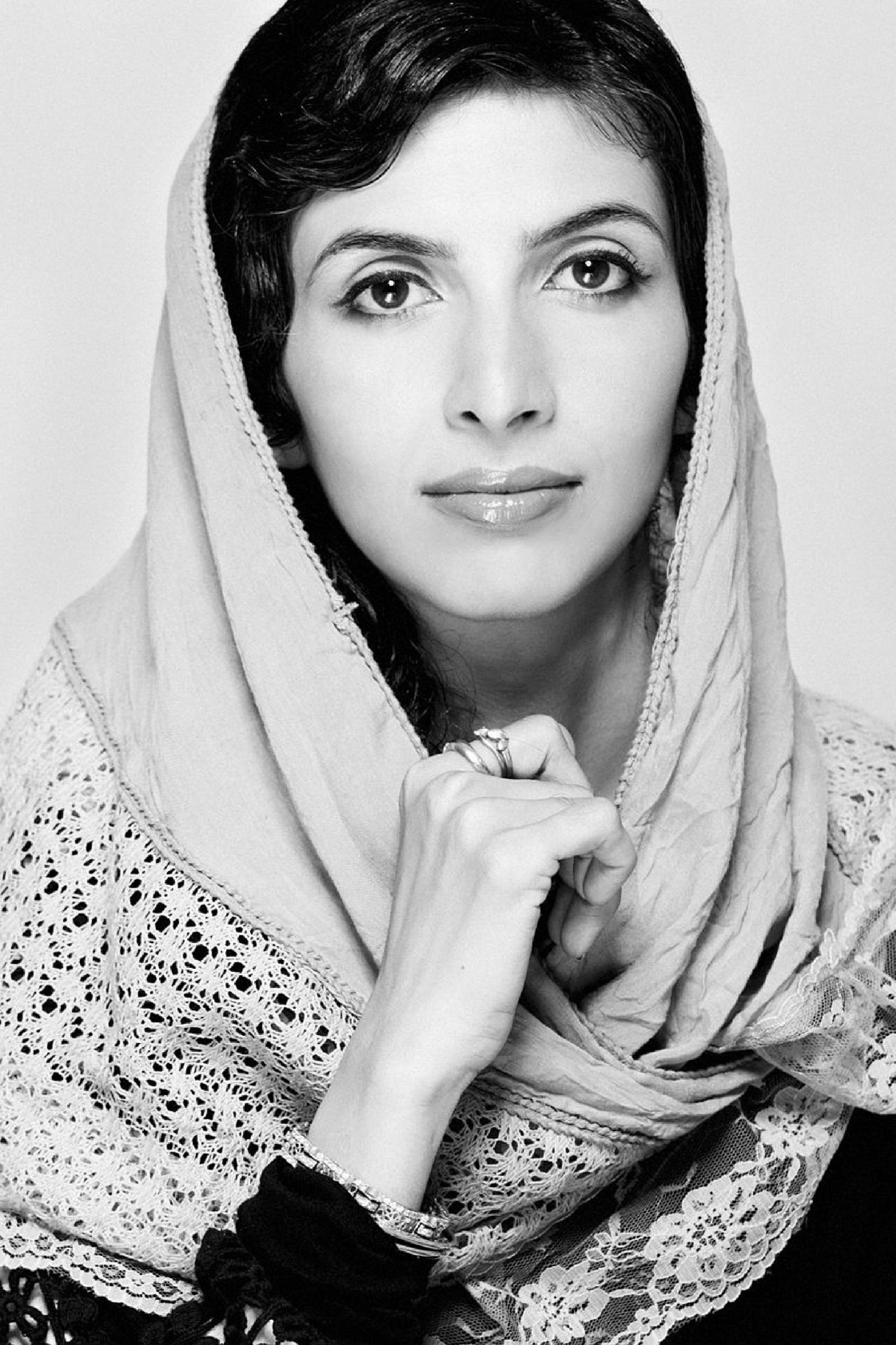
Roya has a solution, but that comes with a problem: 99% of the women in her courses don’t have a bank account to link to their blog. Instead, they trust the Hawalah, a circle of people in the Muslim world who conduct money transactions around the world. One can give money to a member in Baghdad and someone else can withdraw that money from another member in Kabul. And nobody knows the other person. The system works with trust in the system. Hawalah is the Bitcoin of the 8th century, so to speak. But Hawalah doesn’t help in the digital world.
Like the women in Mahboob’s courses, many feel the same way. Globally, 39% of adults do not have a bank account. The advantages are easy to grasp: Money in an account means more security than hidden in a box in the house. Producers can make sales without cash. This does not contribute to security, but opens up new markets when sellers and buyers no longer have to be in the same place. A bank account is also a prerequisite for credit in many countries.
However, as is often the case, financial inclusion is unevenly distributed. While 94% of adults in developed countries have a bank account, only 34% in sub-Saharan Africa and only 14% in the Middle East do.
Sub-Saharan Africa has been trying to get more people banking for some time. 12 of the 34% use mobile bank accounts via cell phones. Most disadvantaged in bank account ownership: the poor, the young, women, and rural populations.
It’s fun to stay at the KYC/AML
Why is it actually so hard to get a bank account if you are not a working person in the developed world? The reason is an English double acronym: KYC/AML. It stands for “Know Your Customer / Anti Money Laundering.” Banks need a number of documents and security before granting a new account. It takes 30-50 days for a bank to complete this process.
KYC/AML checks cost each bank on average 40 million euros per year. It is so expensive that this process even has its own name: onboarding. In regions with low bank density, this can already be a difficult undertaking. Driving to the city to organize documents, then to the bank to hand in the documents and back again to open the account.
Many people fail already at the first step, they have no proof of birth or police registration. Then, when it comes to insurance, the whole game has to be repeated.
Blockchain can help here. Financial institutions and insurance companies can store customer identity and creditworthiness in the blockchain. It will then say that Sammy Sample has proven her identity, residence, reputation and creditworthiness and has therefore been found to be a good customer.
The insurance company can access it and trust the data because the blockchain cannot be corrupted. This also works if Sammy Sample changes residence or bank, applies for a loan or needs a rental car. So the financial world only needs to process a customer once for the first time.
Blockchain can thus simplify onboarding. To ensure privacy, this service would not run on a public blockchain. It would be a system run by, say, SWIFT – the organization that handles communications for international bank transfers – or by a new blockchain competitor. As a result, this blockchain loses a key feature – transparency to customers. What remains, at least, is cheaper processing of banking services.
Blockchain for bank onboarding
Even with simplified onboarding, many people are left out. They still have an advantage when they can order goods from distant region or send money to relatives. These people may not have a bank account, but they do have a cell phone. By 2020, there were over nine billion contracts. More than one per person. Bank transfers are expensive primarily because the technology behind a wire transfer is old, slow, costly and high-maintenance. Remittance services, on the other hand, need a huge branch network. Western Union operates 550,000 branches in 200 countries, beating McDonalds by a factor of 15. Accordingly, a wire transfer with Western Union costs up to 10% of the transfer amount. The further away from the industrial centers, the more expensive the money transfer.
Blockchain can handle the service of remittance for a fraction of the cost. Resource-poor countries can use it to leapfrog entire technology levels. The landline phone, for example, never caught on in Africa for logistical reasons. But thanks to the leap in mobile communications technology, even households that are not even connected to the power grid – but are powered by car batteries – now have Internet.
A small blockchain can be a giant leap
Papua New Guinea is another country that wants to make this leap. The national bank has launched a blockchain pilot project to do just that. Chief Loi Bakani has big plans, saying, “This […] puts Papua New Guinea at the forefront of discussions around blockchain. There’s no reason why Papua New Guinea can’t have a leadership role in emerging markets.”
Vice Principal Elizabeth Genia puts it more bluntly: “Nearly 85 percent of our citizens live outside the banking system, it will be new innovations that will change people’s lives.”
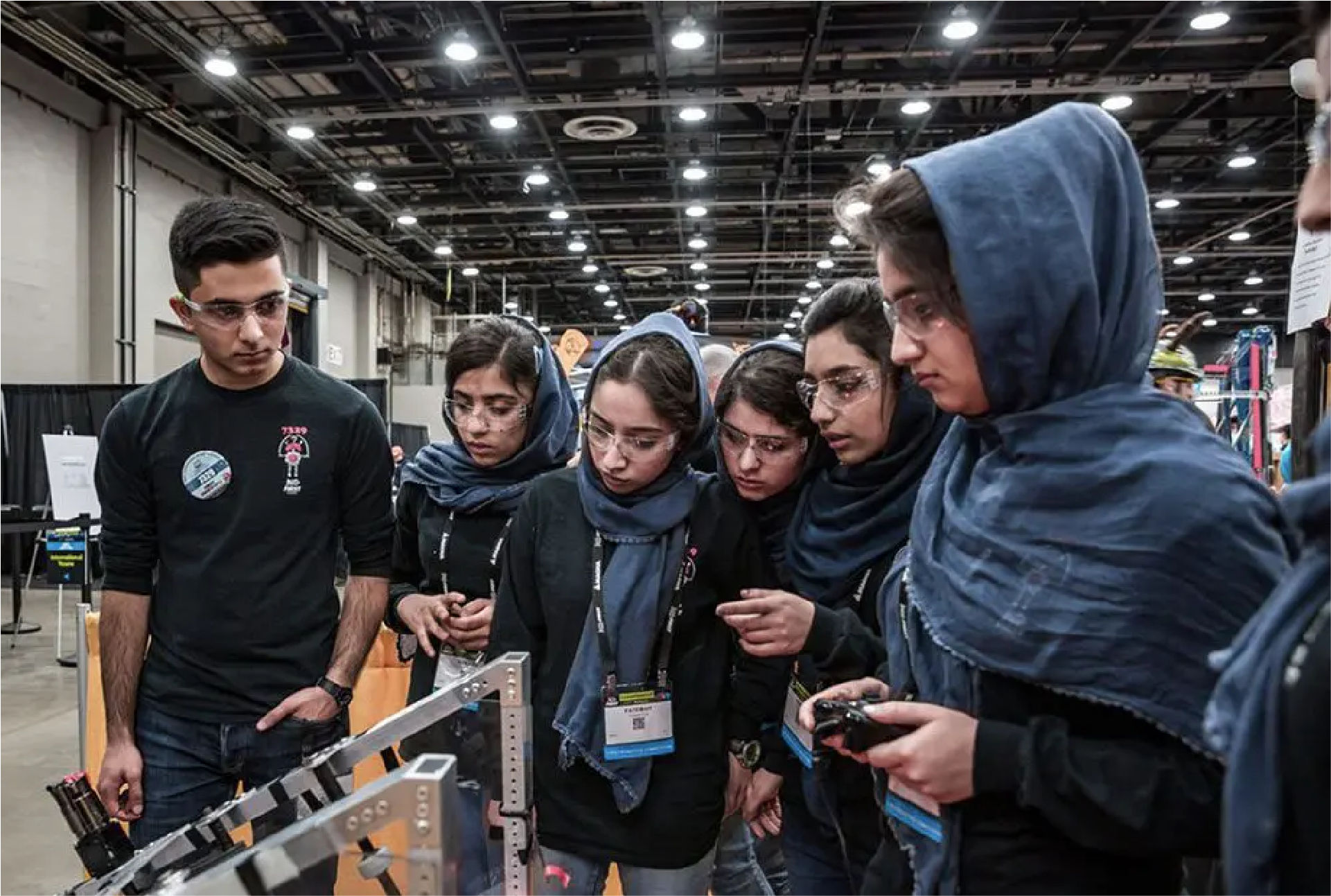
In Afghanistan, Roya Mahboob is also discovering Bitcoin and teaching women to get paid in the cryptocurrency. In a seminar, Mahboob tells of a woman who was beaten by her husband, who took all her money. Since she accepts Bitcoin as payment – out of her husband’s reach – she is able to save money. When she had enough, she sold her Coins, went to a lawyer and divorced her husband.
Blockchain currencies are not only the hawala of the 21st century, they are, above all, cheap. Transfers using blockchain can be charged a 0.25% transfer fee. But there are even free transaction forms. However, there is a significant catch. Using blockchain, transactions are made from, for example, Bitcoin to Bitcoin. To exchange blockchain money into local currency, you need an exchange office. This brings us back to the branch problem and exchange fees. This problem needs to be solved as well as that of reputation and trust. Everyone trusts Western Union, but Bitcoin? There is still a long way to go, but it is worth to start walking.


